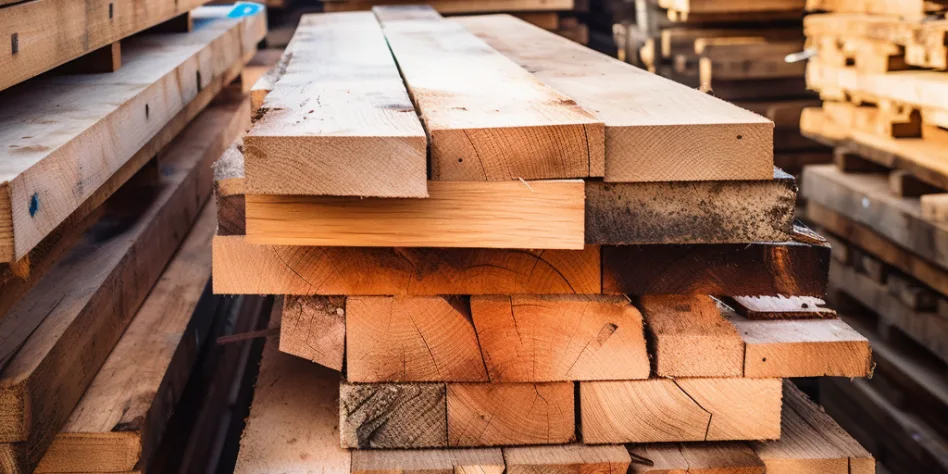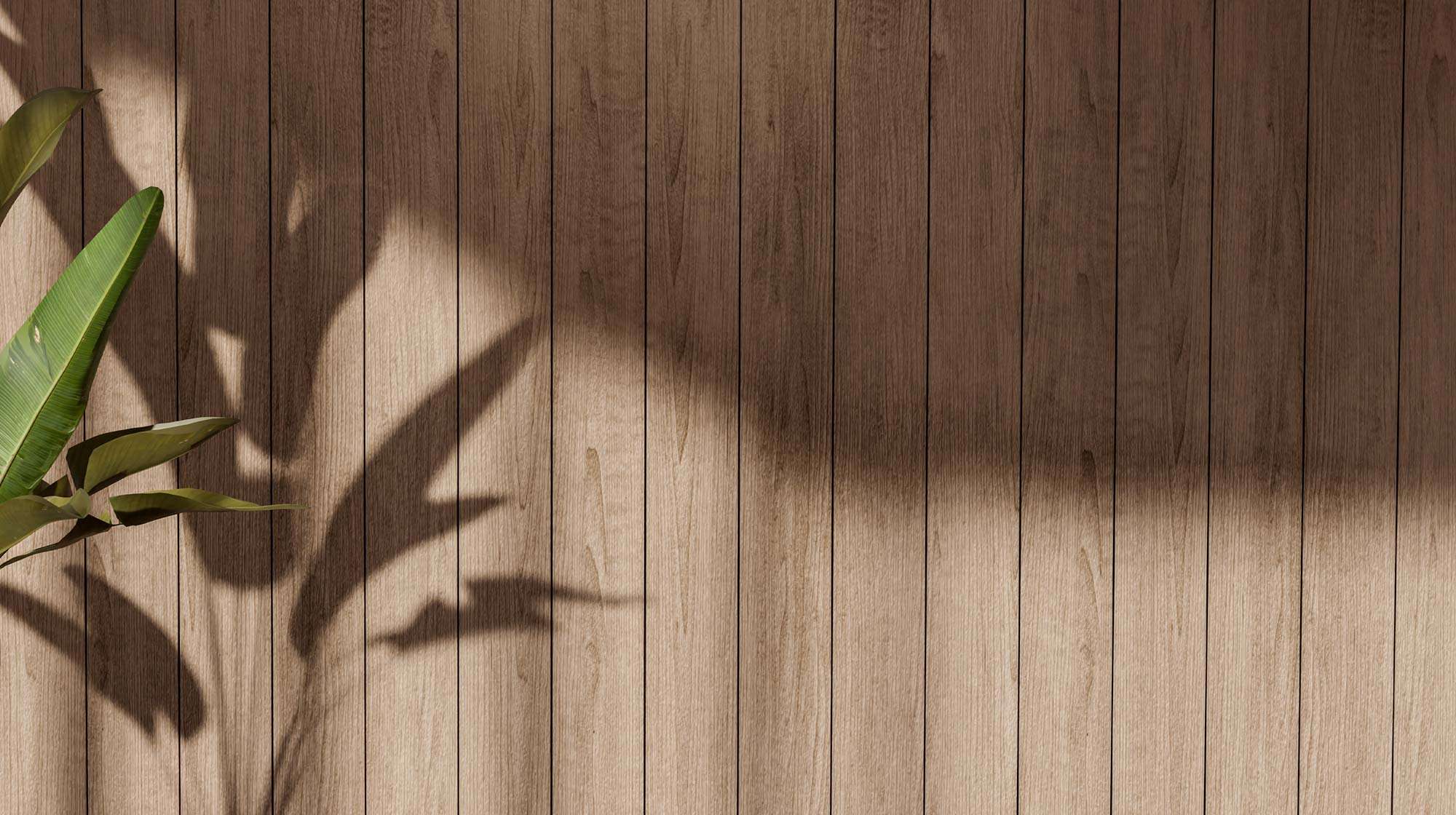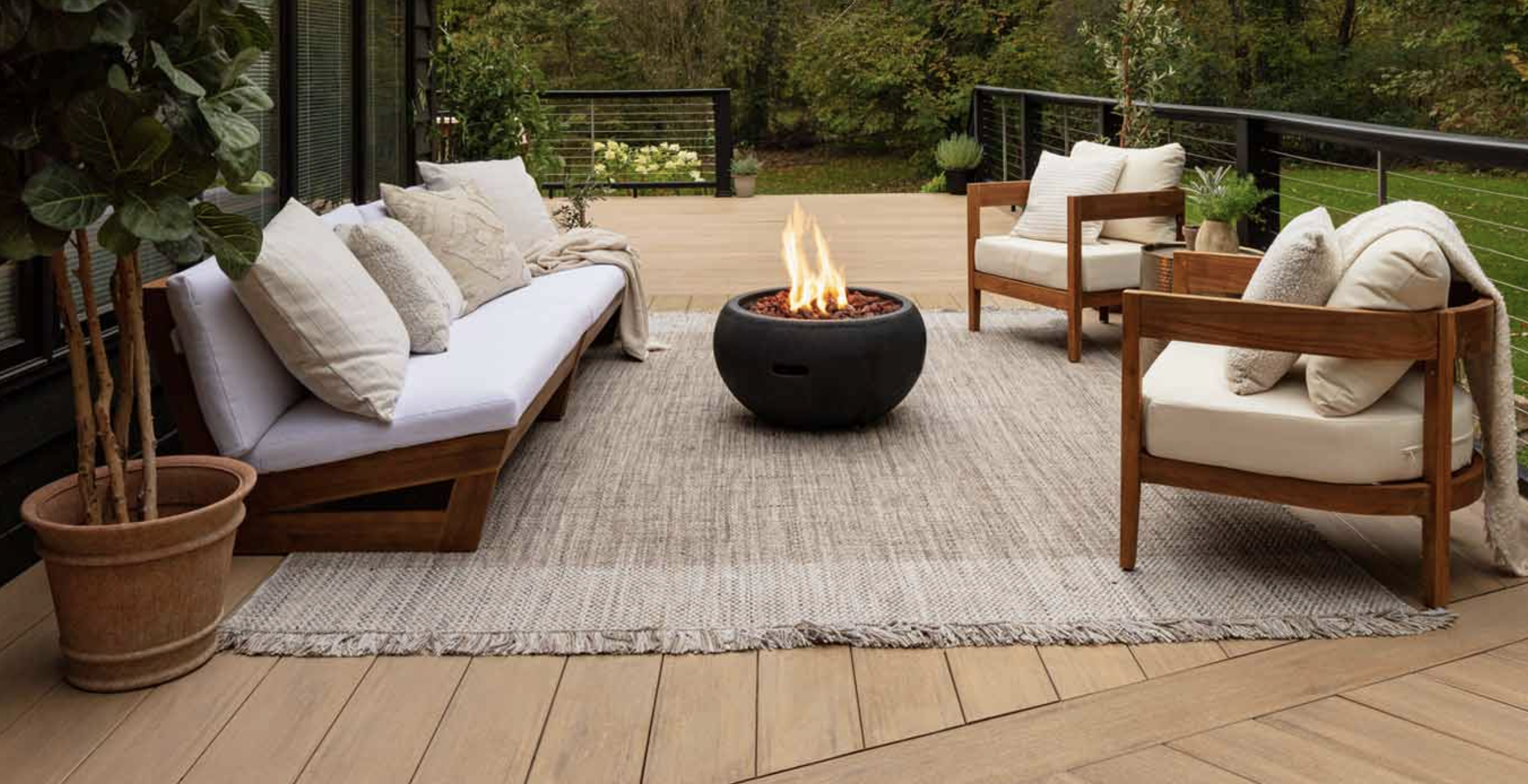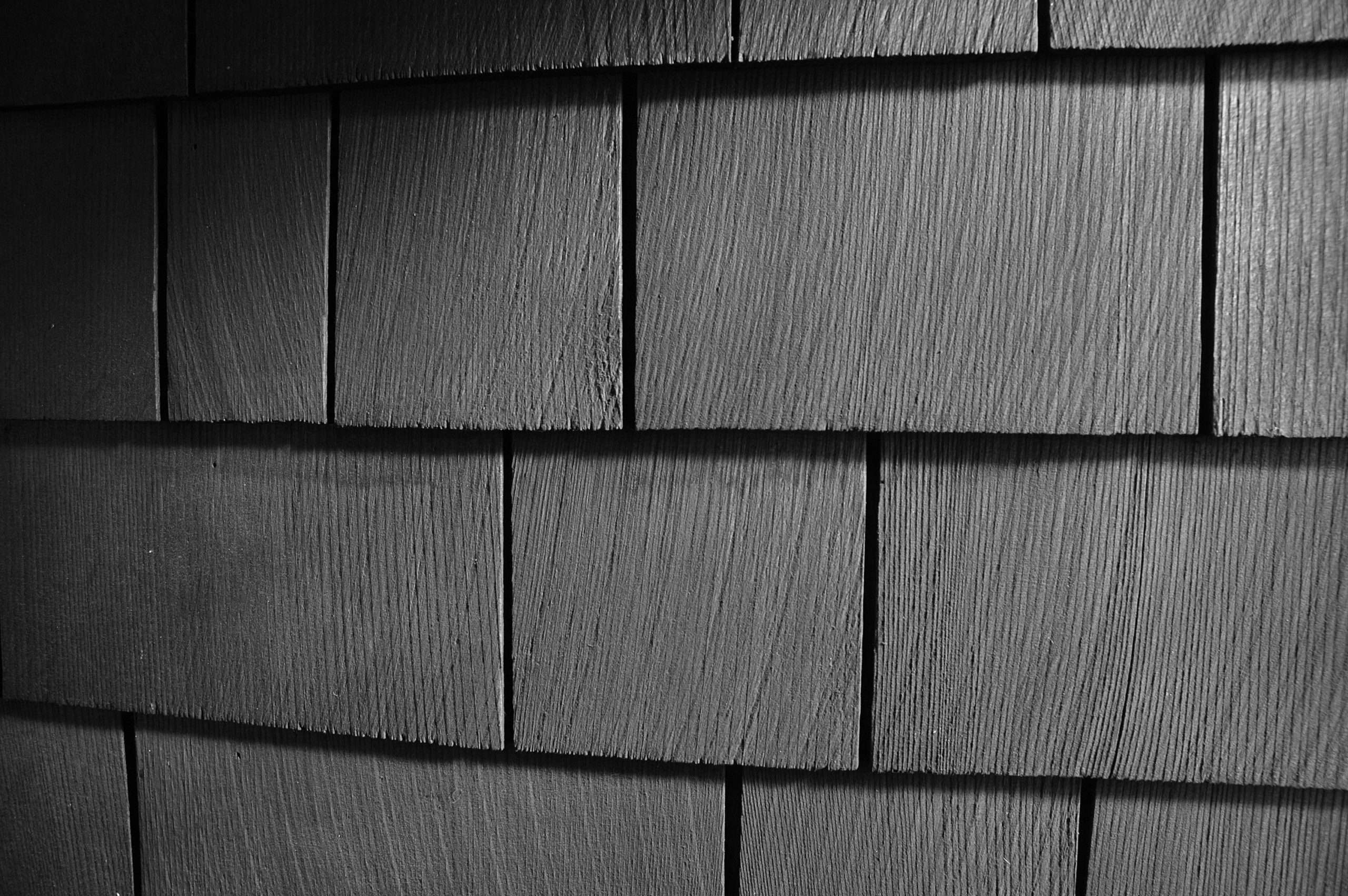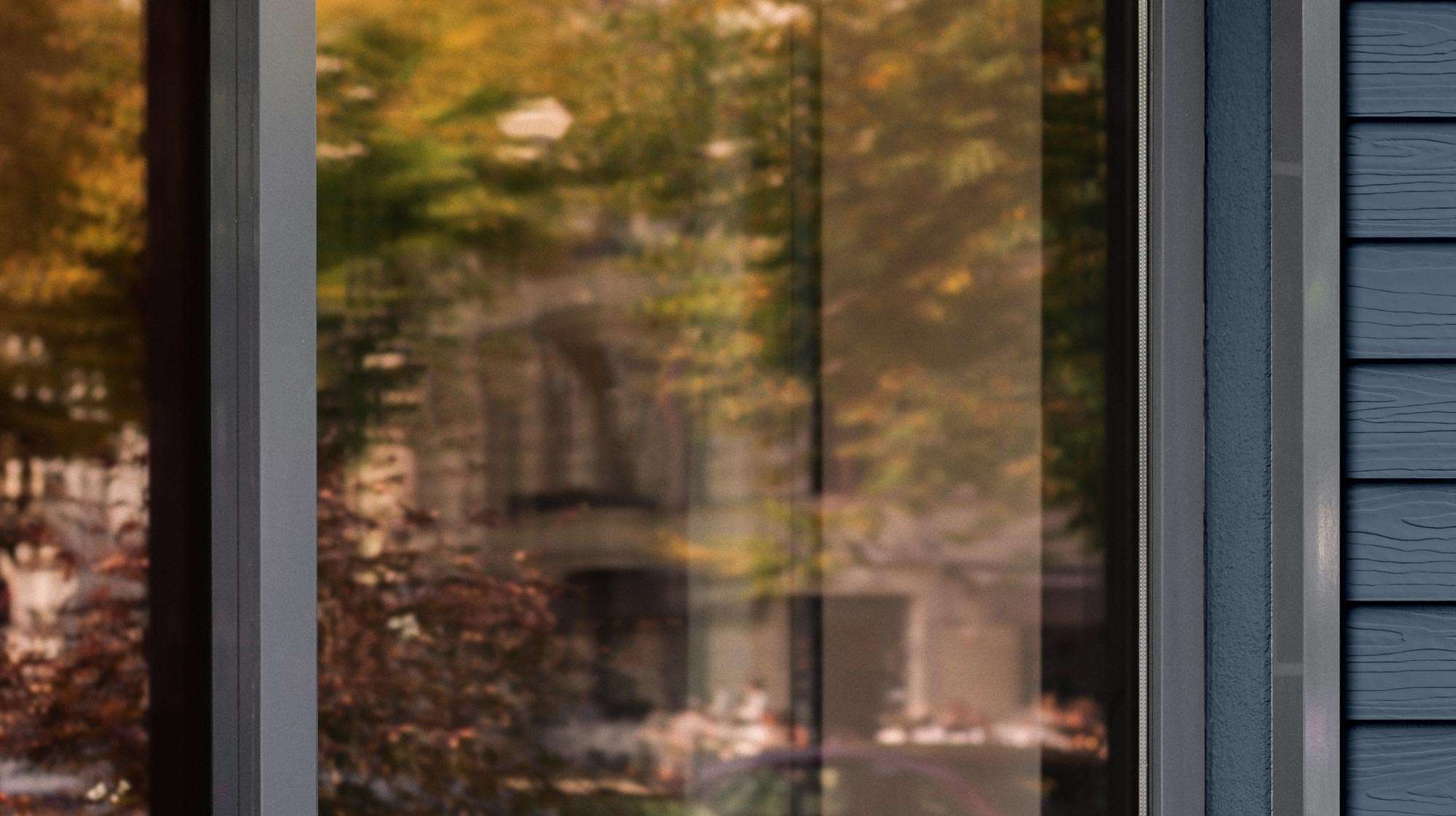The world of wood is as diverse as it is vast, encompassing a variety of species each with unique characteristics and uses. Among the plethora of wood types, species like oak, pine, ipe, and fir stand out for their distinct properties and applications.
Understanding what sets these species apart is not just a matter of botanical curiosity but also a practical consideration for construction, furniture making, and numerous other applications.
Table of Contents
- Oak (Quercus spp.)
- Pine (Pinus spp.)
- Ipe (Handroanthus spp.)
- Fir (Abies spp.)
- Conclusion
Oak (Quercus spp.)
Oak is a hardwood known for its strength, durability, and distinctive grain patterns. There are two primary types of oak: red oak, which has a pinkish hue and open grain, and white oak, which is slightly more durable and has a tighter grain.
Characteristics
- Durability: Oak is highly resistant to wear, making it ideal for flooring and furniture.
- Workability: While hard and strong, oak is still workable and can be shaped into a variety of designs.
- Aesthetic Appeal: The prominent grain pattern of oak is highly valued for decorative purposes.
Uses
- Oak is widely used in furniture making, flooring, cabinetry, and architectural millwork.
Pine (Pinus spp.)
Pine is a softwood that is lightweight and easy to work with. It is known for its affordability and availability. Pine tends to have a pale yellow to white color, with a grain that is typically straight and uniform.
Characteristics
- Workability: Pine is easy to cut, shape, and stain, making it a favorite for DIY projects.
- Affordability: It is more affordable compared to many hardwoods.
- Knotty Appearance: Pine often features knots, which can add character to its appearance.
Uses
- Pine is commonly used in construction, furniture, paneling, and crafting.
Ipe (Handroanthus spp.)
Ipe, also known as Brazilian Walnut, is a tropical hardwood renowned for its incredible hardness and durability. It has a rich brown color, often with slight reddish or olive hues.
Characteristics
- Exceptional Durability: Ipe is incredibly resistant to rot, decay, and insect attack.
- Density: It is one of the densest wood species available, making it extremely hard and durable.
- Maintenance: Due to its density, ipe requires minimal maintenance and is often left untreated to weather to a silver-gray hue.
Uses
- Ipe is primarily used for outdoor decking, furniture, and other applications where durability is critical.
Fir (Abies spp.)
Fir, specifically Douglas Fir, is a softwood that is valued for its strength. It has a light, reddish-brown color with a straight and pronounced grain pattern.
Characteristics
- Strength to Weight Ratio: Fir offers a great combination of strength and lightness.
- Smooth Surface: It has a generally smooth surface with fewer knots, which is ideal for finishing.
- Stability: Fir resists warping and twisting, making it a good choice for construction.
Uses
- Fir is commonly used in building construction, particularly for framing, as well as in the manufacture of plywood and veneer.
Conclusion
Each wood species, be it oak, pine, ipe, or fir, brings its unique set of properties and aesthetics to the table. From the robust and elegant oak to the versatile and lightweight pine, the dense and durable ipe, and the strong and stable fir, these woods cater to a wide range of needs and preferences. Understanding their differences is crucial for anyone working with wood, whether it's for construction, furniture design, or decorative purposes. The diverse characteristics of these woods not only highlight nature's variety but also the adaptability and utility of wood as a material.
